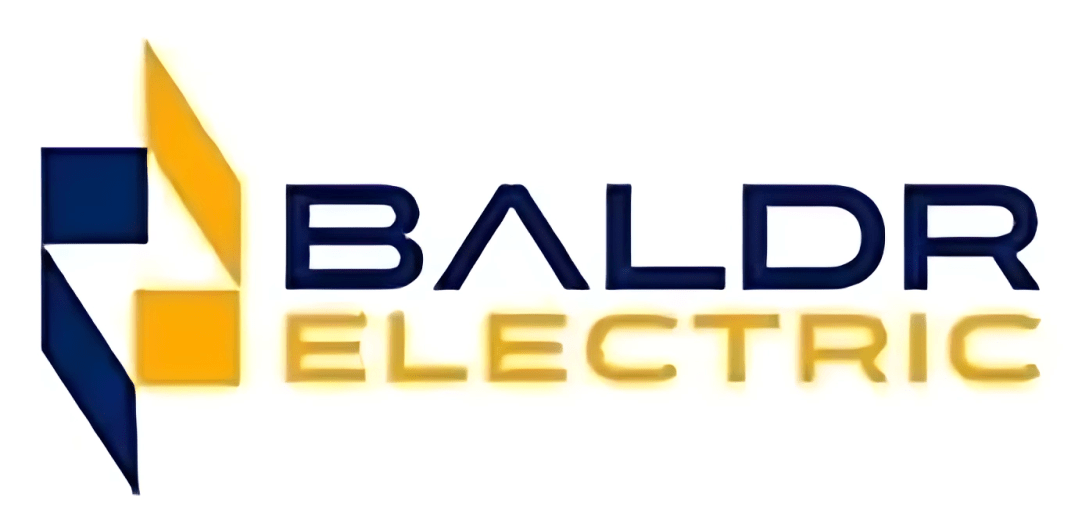Your electrical system is the backbone of your home. At the center of it all is the electrical panel, also known as a breaker box. Over time, panels can become outdated, overloaded, or unsafe, which is why many homeowners choose an electrical panel upgrade.
If you’ve been wondering what actually happens during this process, this guide breaks it down step by step. By the end, you’ll know exactly what to expect before, during, and after the upgrade.
Why an Electrical Panel Upgrade Matters
Before we dive into the process, let’s look at why a panel upgrade is important. An outdated panel may not be able to handle modern appliances, heating and cooling systems, or electric vehicle chargers. Worse, old panels can increase the risk of electrical fires.
Common reasons people choose an electrical panel upgrade include:
- Frequent breaker trips that interrupt daily life.
- Adding high-demand appliances such as a new HVAC unit or hot tub.
- Insurance requirements that don’t allow older panels.
- Safety concerns with outdated models like Federal Pacific or Zinsco.
- Increasing property value when selling a home.
Step 1: Inspection and Planning
The process begins with a licensed electrician inspecting your current system. They’ll check the size of your existing panel, the wiring condition, and your household’s power needs.
During this stage, you’ll discuss whether you need a 100-amp, 150-amp, or 200-amp electrical panel upgrade to handle your present and future demands. The electrician will then provide an estimate and timeline.
Step 2: Permits and Utility Coordination
An electrical panel upgrade isn’t just a simple swap—it requires official permits. Your electrician typically applies for the permit and communicates with the utility company to schedule the upgrade. This ensures the work is up to code and legally compliant.
Step 3: Power Shut-Off
On installation day, your power is shut off for safety. Don’t worry—the outage usually lasts only a few hours. This step is necessary so the electrician can remove the old panel and install the new one without risk.
Step 4: Removing the Old Panel
Once the electricity is off, the outdated breaker box is carefully disconnected. The electrician detaches wires, removes the old panel, and checks for any damaged or unsafe wiring that may need replacement.
Step 5: Installing the New Electrical Panel
This is where the upgrade comes to life. The new breaker box is mounted securely, fresh breakers are installed, and all circuits are reconnected. Each breaker is clearly labeled for easy identification.
If you’re moving from 100 amps to 200 amps, new service cables or grounding equipment may also be added to support the higher load.
Step 6: Inspection and Approval
After the electrical panel upgrade is complete, a city or county inspector reviews the work. They confirm that all connections are safe, breakers are correctly sized, and everything complies with the National Electrical Code. Only after approval can the utility restore power.
Step 7: Power Restoration and Testing
Once the inspector signs off, your utility company turns the power back on. The electrician then tests each breaker, confirms that appliances and outlets work properly, and explains how to use your upgraded panel safely.
How Long Does an Electrical Panel Upgrade Take?
For most homes, the project takes about 4–8 hours. Larger homes or businesses may need more time, especially if wiring or meter upgrades are required. The permit and inspection process may extend the total timeline, but the actual work is often done in one day.
What Does an Electrical Panel Upgrade Cost?
Costs depend on the size of the panel, location, and wiring condition. On average:
- 100–150 amp upgrade: $1,500–$2,500
- 200 amp upgrade: $2,500–$4,000
- Commercial upgrades: $5,000 or more, depending on complexity
While it may feel like a big investment, the safety and added capacity make it worthwhile.
Benefits of an Electrical Panel Upgrade
Upgrading your breaker box offers long-lasting advantages, such as
- Greater protection against electrical fires.
- Reliable power for today’s modern appliances.
- Fewer tripped breakers and outages.
- Higher property value when selling.
- Confidence knowing your home is up to code.
Final Thoughts
An electrical panel upgrade may sound complicated, but with a professional electrician, the process is smooth, safe, and completed in just a day. From inspection and permits to installation and final testing, each step ensures your home has the electrical power it needs today and for years to come.
If your breaker box is outdated, struggling to keep up, or showing signs of trouble, scheduling an upgrade is the smartest move you can make for your home’s safety and efficiency.
FAQS:
1. How do I know if I need an electrical panel upgrade?
You may need an upgrade if your breakers trip often, your panel feels warm, you use multiple extension cords, or you’re adding high-power appliances like an EV charger or HVAC system.
2. How long does an electrical panel upgrade usually take?
Most residential upgrades take 4–8 hours. Larger homes or businesses may require more time, especially if wiring or meter updates are needed.
3. Is an electrical panel upgrade expensive?
Costs vary by size and condition. On average, residential upgrades range from $1,500 to $4,000, while commercial projects can cost more.
4. Do I need a permit for an electrical panel upgrade?
Yes. Permits are required to ensure the work meets local building and safety codes. Your electrician usually handles the permit and inspection process.
5. What are the benefits of an electrical panel upgrade?
Upgrading your panel improves safety, prevents electrical fires, supports modern appliances, reduces outages, and increases your property’s value.

